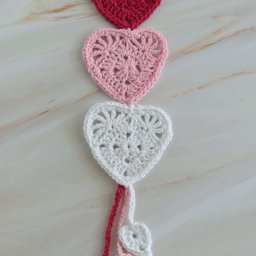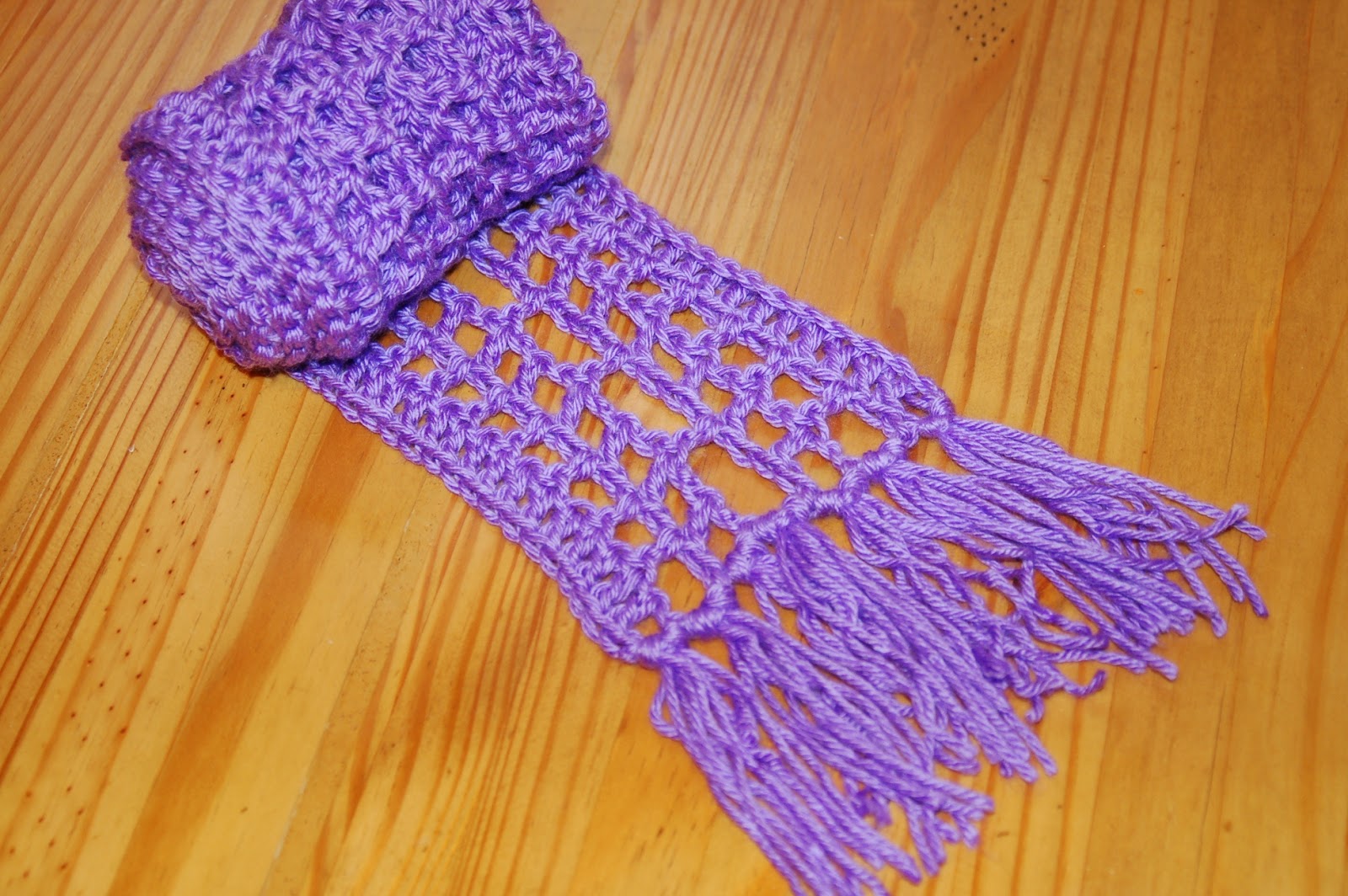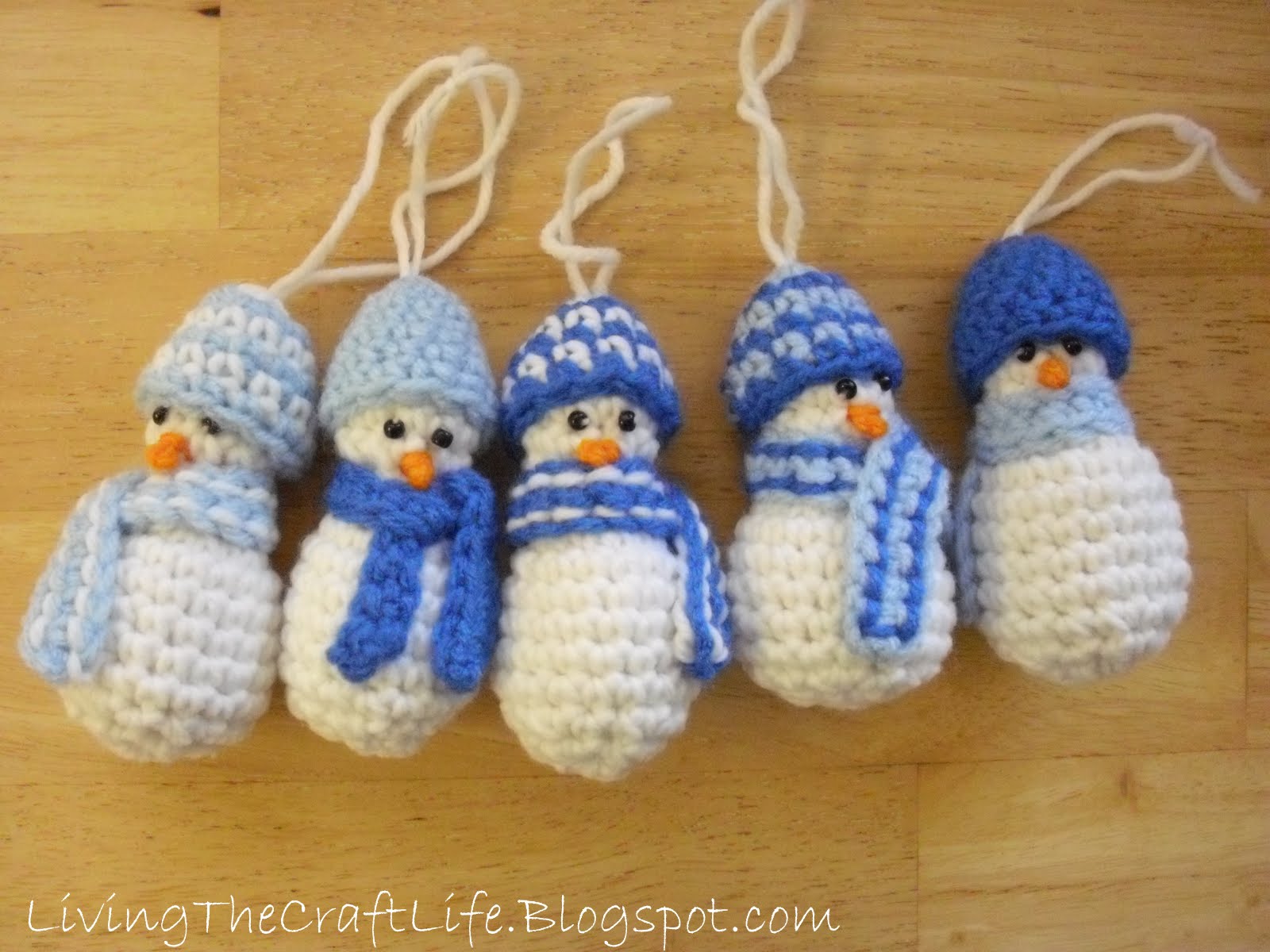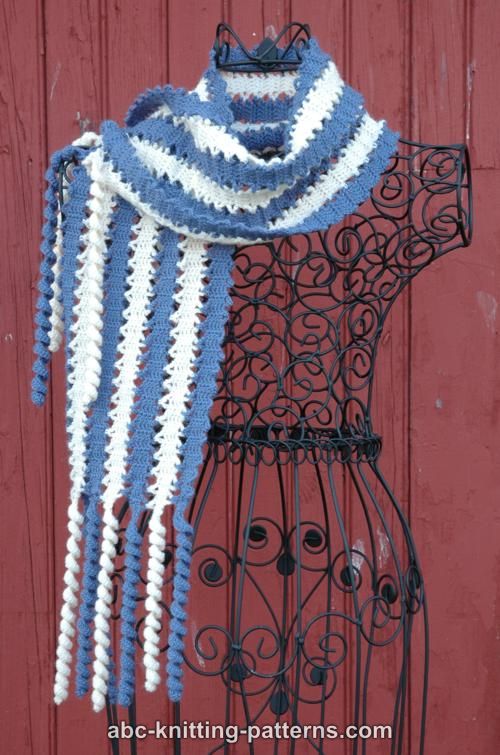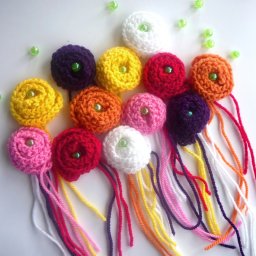Types of Bowls in Culinary Arts

Introduction to Types of Bowls
Bowls are essential kitchen tools that come in diverse shapes and sizes, each designed for specific culinary tasks. Understanding the different types of bowls can enhance your cooking and serving experiences.
Common Bowl Types
Mixing Bowls
Mixing bowls are versatile and come in various materials, including glass, metal, and plastic. They are primarily used for combining ingredients.
Servings Bowls
Serving bowls are larger, designed to hold significant quantities of food, ideal for family-style dining.
Prep Bowls
Prep bowls are small bowls used for organizing measured ingredients before cooking. They help streamline the food preparation process.
Salad Bowls
These bowls are often wide and shallow, perfect for tossing and serving salads.
Soup Bowls
Soup bowls typically have a deep structure to accommodate broths and chunks of ingredients, perfect for serving hot soups.
Material Considerations
Glass Bowls
Glass bowls are durable and non-reactive, ideal for mixing and serving.
Plastic Bowls
Plastic bowls are lightweight and versatile but may not withstand high temperatures.
Ceramic Bowls
Ceramic bowls come in various designs, making them attractive for serving while being sturdy for mixing.
Summary
Choosing the right type of bowl can significantly improve your cooking and serving efficiency. By understanding the various types of bowls available, you can select the most suitable options for your culinary needs.
RND 1: Bowls are essential tools in every kitchen, providing functionality and versatility for numerous cooking tasks.
RND 2: Consider the size and material of bowls for different culinary tasks to enhance your cooking experience.
RND 3: Invest in a variety of bowls to ensure you're prepared for any recipe or gathering.
RND 4: The aesthetic appeal of bowls can also contribute to the dining experience, making your meals more enjoyable.









